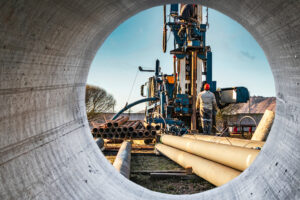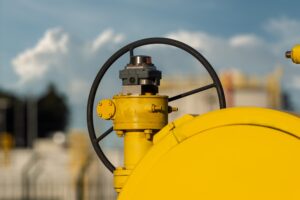Originally, pipe fixtures for houses and commercial spaces were fabricated from lead and other dangerous materials. Once researchers discovered the drastic health impacts of ingesting lead, they searched elsewhere for solutions and began to replace pipe and pipe protection products with other, less harmful, types of metals. Today’s technology offers an even better solution: high-density polyethylene, or HDPE, plastics. Learn more below about why using HDPE for thread and various plastic pipe protection products have become so popular.
Plastic Outlasts Its Competitors
There is much hype these days about the environmental dangers of plastic water bottles and other commodity goods. Yet, when it comes to drill pipe protectors and other oilfield applications, this same quality becomes a serious advantage. It’s a fact that plastic pipe protectors can last for at least 50 to 100 years, even under less-than-ideal conditions; and unlike water bottles, pipe protectors must be made to last.
It’s Corrosion and Chemical Resistant
When it comes to common causes of oilfield pipe failure, corrosion ranks quite close to the top. Society runs on the oil that’s running through pipes, so it’s important that no components of the system fall prey to corrosion while pipe is being stored or transported. Not only is plastic immune to this otherwise widespread problem, it is also chemical resistant. Plus, it will never rust or rot while it protects heavy pipe.
There’s Less Hassle Involved
While metal pipe and fittings remain essential for certain applications, they are heavy and difficult to transport or maneuver without protective components. Plastic pipe protection is extremely simple to apply, and with custom plastic injection molding, HDPE can be manipulated into just about any shape required. These plastic components can then be easily transported to the oilfield and used for a variety of applications.
The Environmental Benefits Outweigh the Costs
Simply put, plastic gets a bad reputation. The reality, however, is that plastic is light and easily recyclable. Plastic pipe protectors and other fittings require less energy to transport and store pipe. Then, when they’re no longer needed, they can be re-purposed. That means fewer greenhouse gas emissions and less use of dwindling, finite natural resources.
At MSI Pipe Protection Technologies, we make use of innovative technology to provide customers with long-lasting, high-performing, plastic pipe protection product solutions. Learn more today by calling 281-890-4595.




